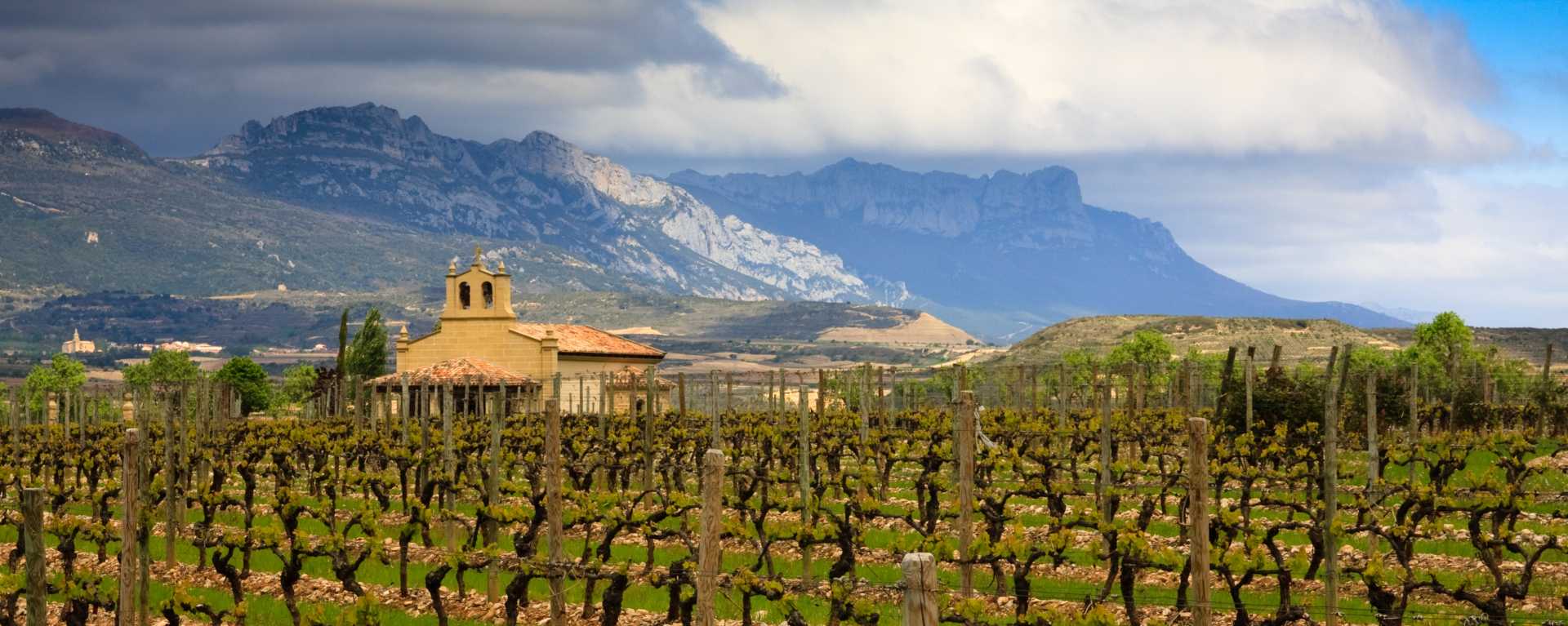Escalada do Sil by Alberto Orte Tinto 2019



Product Details
Your Rating
Somm Note
Winemaker Notes
Blend: 60% Merenzao, 30% Mencia, 10% Garnacha Tintorera
Other Vintages
2020-
Wine &
Spirits
-
Robert
Parker -
James
Suckling
-
James
Suckling -
Wilfred
Wong




Escalada Do Sil represents a revival of a style of wine that once upon a time was popular in the high elevation region of Valdeorras. Today Valdeorras is mostly known for the production of white Godello grapes, however before the 1800s, this region was known for the production of red wine, specifically grapes like Merenzao, which are rare to find today.
In Portugal, the Merenzao grape takes the name of Bastardo and in France, specifically in the Jura region, it takes the name of Trousseau. Mencía provides body and Garnacha Tintorera (also known as Alicante Bouschet) contributes dark pigmentation and acidity. The vineyards of this rare wine are very near the cliffs of the Sil River, hence the name Escalada Do Sil. Valdeorras is known for its altitude and mineral soils composed of slate and granite. The region is in between Bierzo and Ribeira Sacra, but its climate is very different. Its higher elevation brings cooler nights and mornings, producing grapes with uplifted tones and refined tannins. If you are a lover of Cru Beaujolais, we recommend that you try Escalada Do Sil.

With hundreds of red grape varieties to choose from, winemakers have the freedom to create a virtually endless assortment of blended red wines. In many European regions, strict laws are in place determining the set of varieties that may be used, but in the New World, experimentation is permitted and encouraged resulting in a wide variety of red wine styles. Blending can be utilized to enhance balance or create complexity, lending different layers of flavors and aromas. For example, a red wine blend variety that creates a fruity and full-bodied wine would do well combined with one that is naturally high in acidity and tannins. Sometimes small amounts of a particular variety are added to boost color or aromatics. Blending can take place before or after fermentation, with the latter, more popular option giving more control to the winemaker over the final qualities of the wine.
How to Serve Red Wine
A common piece of advice is to serve red wine at “room temperature,” but this suggestion is imprecise. After all, room temperature in January is likely to be quite different than in August, even considering the possible effect of central heating and air conditioning systems. The proper temperature to aim for is 55° F to 60° F for lighter-bodied reds and 60° F to 65° F for fuller-bodied wines.
How Long Does Red Wine Last?
Once opened and re-corked, a bottle stored in a cool, dark environment (like your fridge) will stay fresh and nicely drinkable for a day or two. There are products available that can extend that period by a couple of days. As for unopened bottles, optimal storage means keeping them on their sides in a moderately humid environment at about 57° F. Red wines stored in this manner will stay good – and possibly improve – for anywhere from one year to multiple decades. Assessing how long to hold on to a bottle is a complicated science. If you are planning long-term storage of your reds, seek the advice of a wine professional.

Just to the south of Bierzo, the steeply terraced Valdeorras Spanish wine region is a respected source of both red and white wines. Garnacha Tintorera (Alicante Bouschet) and Mencía are the principal red varieties while Godello and Palomino compose the majority of this region's whites.
